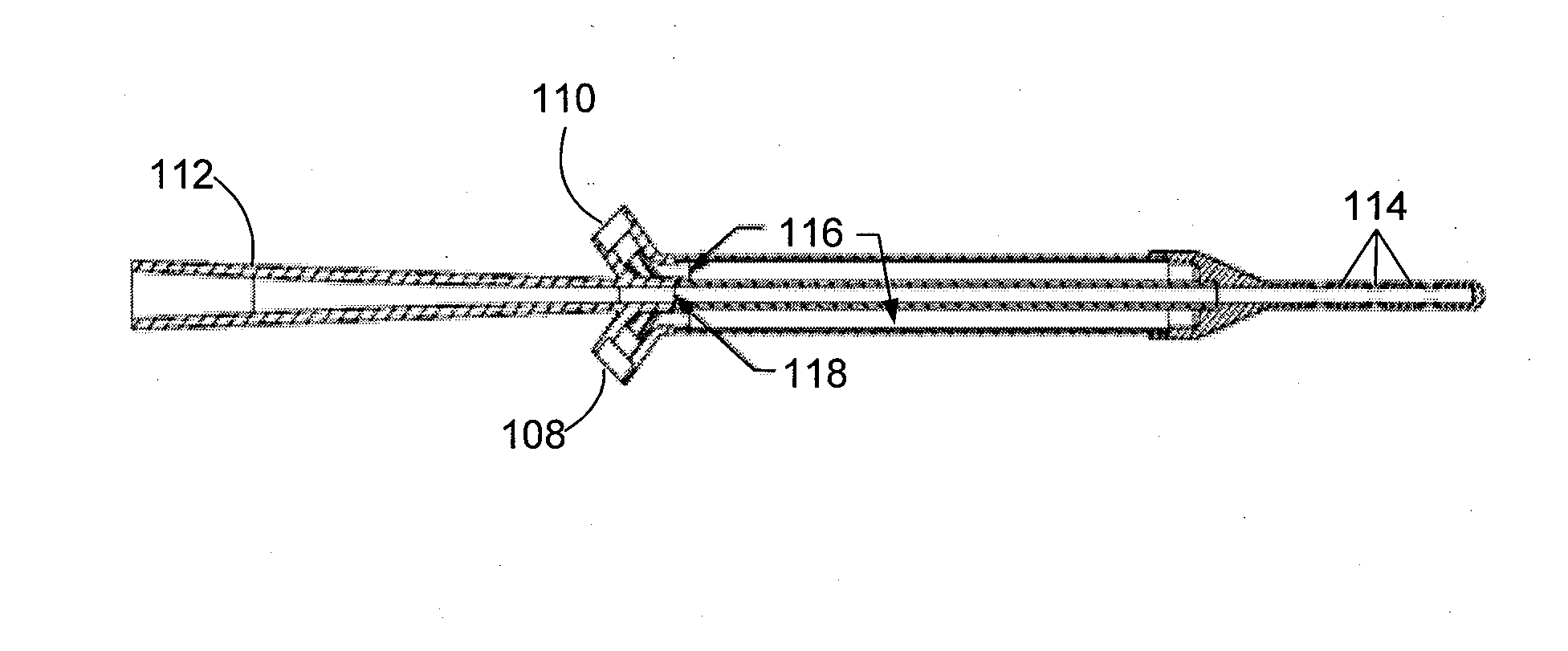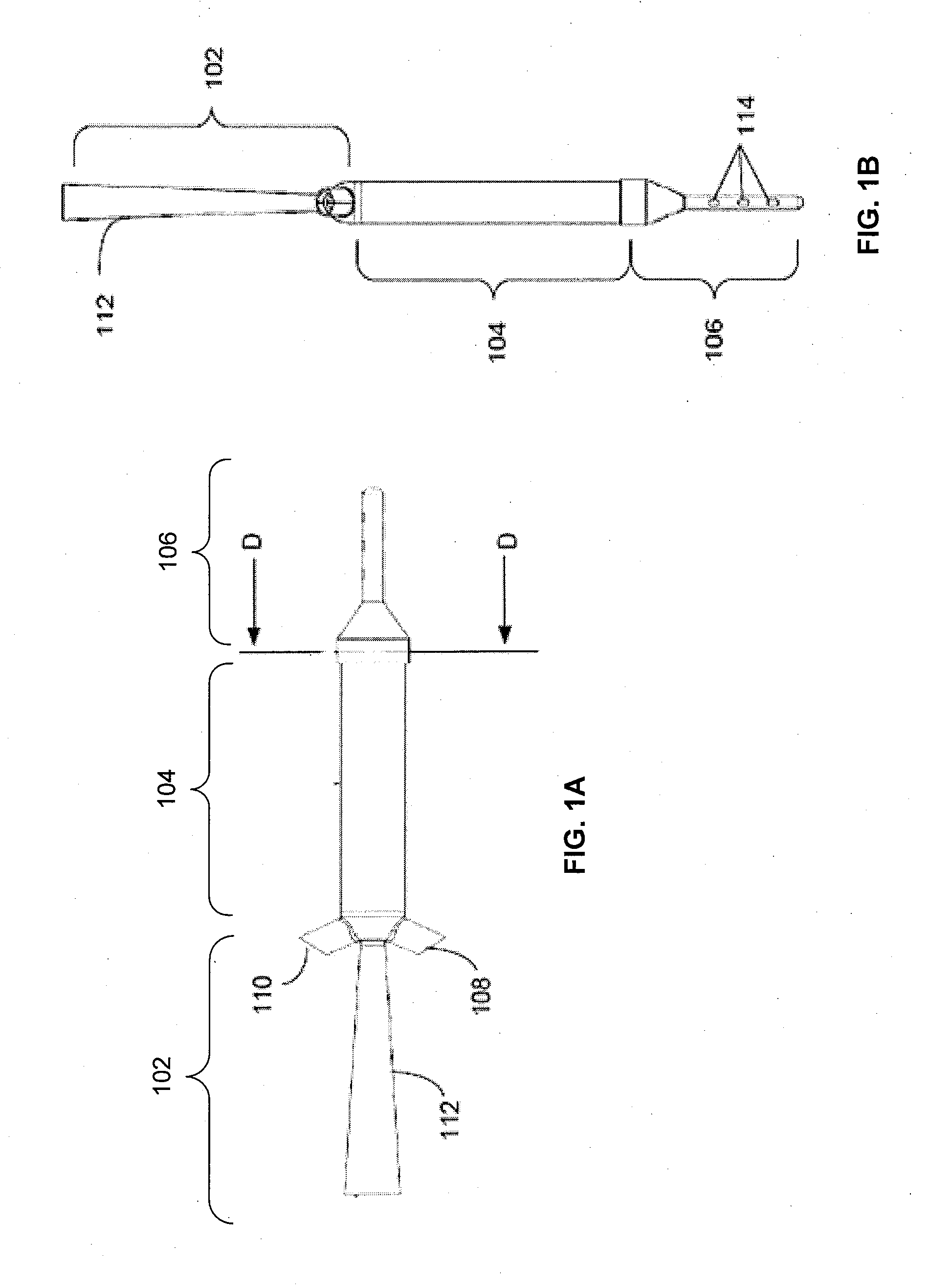Devices, Systems, and Methods for Managing Patient Temperature and Correcting Cardiac Arrhythmia
a technology for managing patient temperature and cardiac arrhythmia, applied in the field of devices, can solve the problems of ventricular fibrillation, frequent cause of cardiac arrest, redevelopment of fibrillation, etc., and achieve the effect of reducing core body temperature, and improving the likelihood of ventricular defibrillation
- Summary
- Abstract
- Description
- Claims
- Application Information
AI Technical Summary
Benefits of technology
Problems solved by technology
Method used
Image
Examples
example 1
[0068]An experiment was performed using a model thorax and myocardium as explained in detail in Zerth H, Harwood R, Tommaso L, Girzadas D V, Jr. An inexpensive, easily constructed, reusable task trainer for simulating ultrasound-guided pericardiocentesis. J Emerg Med. December 2012; 43(6):1066-1069). To measure amperage across the simulated myocardium during defibrillation, leads were placed adjacent to the model myocardium and connected to an ammeter. A Philips defibrillator was then connected to standard defibrillation / pacing pads, and the pads attached to the external surface of the model thorax. A series of measurements were then made with varying energy settings, ranging from 15 J to 170 J, and amperage across the myocardium was measured, demonstrating a mean of 510 microamps. Next, one of the defibrillator electrodes was placed circumferentially around a temperature management device according to an embodiment of the present technology, which was then placed into the simulated...
PUM
 Login to View More
Login to View More Abstract
Description
Claims
Application Information
 Login to View More
Login to View More - R&D
- Intellectual Property
- Life Sciences
- Materials
- Tech Scout
- Unparalleled Data Quality
- Higher Quality Content
- 60% Fewer Hallucinations
Browse by: Latest US Patents, China's latest patents, Technical Efficacy Thesaurus, Application Domain, Technology Topic, Popular Technical Reports.
© 2025 PatSnap. All rights reserved.Legal|Privacy policy|Modern Slavery Act Transparency Statement|Sitemap|About US| Contact US: help@patsnap.com



